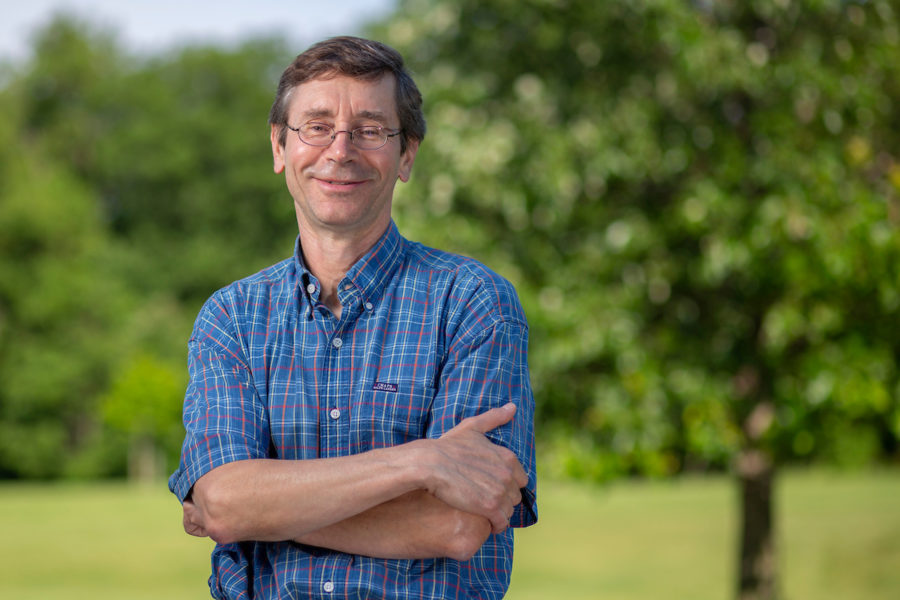Iowa State professor researches earthquakes without leaving Iowa
Photo courtesy of the Iowa State news service.
Igor Beresnev, Iowa State professor of Geological and Atmospheric Sciences, spent four years researching ground shaking limits and differences between earthquake magnitudes.
September 13, 2018
Although tornadoes are more common than earthquakes in Iowa, one professor’s earthquake research was done entirely without leaving the state.
Igor Beresnev, professor of geological and atmospheric sciences, spent four years researching ground shaking limits and differences betweens magnitudes in earthquakes.
His goal was to answer two questions:
“What is the limit of ground shaking during an earthquake?”
“Why is there no difference in ground shaking between two earthquakes with different magnitudes?”
In order to answer these questions, he analyzed existing and historical data.
Beresnev was motivated to answer these questions by thinking about building structures in areas prone to earthquakes.
“Engineers need to design buildings that can withstand earthquake motion [and] ground shaking,” Beresnev said.
In order to build these structures, engineers must know how strong these ground shakings can be.
Ground shaking is “how fast the fault slips,” Beresnev said.
Through analyzing the data, he found the maximum force of ground shaking is three gravities (Gs).
One gravity, or one G, is a unit of acceleration. Based on extensive computation from Beresnev, the maximum ground shaking of three Gs was measured recently in a earthquake in Japan.
“We’ve seen the worst,” Beresnev said.
To answer his second question, Beresnev found the magnitude of an earthquake does not matter because the intensity of ground shaking comes not from size, but from how fast the fault is accelerating.
Beresnev said his findings can be used for engineers to build better structures in high-risk areas.







